Leave Application: Your Complete Guide to Writing It Right
The Ultimate Guide to Writing a Leave Application
Leave application is a crucial process for formally requesting time off from work. Whether you're seeking medical or vacation leave or need time off due to a family emergency, submitting a well-written leave application ensures your absence is appropriately documented and approved by your employer. This comprehensive guide will walk you through writing a practical leave application, covering key components, tips, and sample formats.
What is a Leave Application?
A leave application is a formal request submitted by an employee or student to their employer, manager, or academic institution. It asks permission to take a leave of absence from regular duties or classes.
The application typically includes the reason for the leave, the specific dates for the leave period, and any necessary documentation, such as a medical certificate for a medical leave application. The primary purpose is to ensure that your leave is officially recognized and that your responsibilities are managed during your absence.
Importance of Submitting a Leave Application
Submitting a leave application is essential for several reasons:
- Official Record: It creates an official record of your absence, ensuring your employer or institution recognizes it.
- Work Continuity: Allows for proper planning and delegation of your duties during your absence.
- Compliance with Policy: Ensures you adhere to your organization's leave policy or academic institution's guidelines.
- Avoids Misunderstandings: Communicates your need for leave, preventing confusion or misunderstandings.
Common Types of Leave Applications
Medical Leave
A medical leave application is used when you need time off due to illness or a health condition. This type of leave often requires you to provide a medical certificate from your doctor to validate your request. Recovering without the added stress of work or academic obligations is crucial.
Family Emergency Leave
A family emergency leave letter is submitted when you must attend to urgent family matters, such as a severe illness or accident involving a family member. This type of leave is usually short-term and requires immediate attention.
Vacation Leave
Vacation leave allows you to take time off for rest, relaxation, or travel. When submitting a vacation leave application, planning ahead and ensuring your tasks are covered during your absence is essential. This type of leave typically falls under paid leave.
Personal Leave
Personal leave is requested for various reasons that might not be covered under other specific types of leave. This could include taking time off for mental health, handling personal affairs, or taking a break. A personal leave application ensures that your time off is recognized and approved.
Bereavement Leave
A bereavement leave application is submitted when you need time off to grieve the loss of a loved one and attend funeral services. This type of leave is usually short-term but essential for dealing with a loss's emotional and practical aspects.
Maternity/Paternity Leave
Maternity leave is granted to new mothers, while paternity leave is for new fathers. These types of leave allow parents to spend time with their newborns. Parental leave policies vary by organization, so submitting a maternity leave application or paternity leave application in advance is essential.
Study Leave
An examination leave application is used when you need time off to pursue further education or professional development. Whether you are attending a short course or pursuing a degree, this leave is essential for balancing work or academic responsibilities with educational goals.
Sabbatical Leave
Sabbatical leave is typically granted for extended professional development, research, or personal growth. It is often available to employees who have been with an organization for a significant period. A sabbatical leave letter should clearly outline the purpose of the leave and how it will benefit both the employee and the organization.
Critical Components of a Leave Application
Salutation and Subject Line
Start your leave letter with a formal salutation, addressing it to the appropriate person, such as your manager, HR department, or principal. The subject line should be clear and concise, such as "Leave Application for [Dates]" or "Request for [Type of Leave]."
Introduction and Purpose
Begin the application by stating your intent to request leave. Clearly explain the reason for your leave, whether it's a medical leave, family emergency, or vacation leave. For example, "I am writing to request a medical leave of absence from [start date] to [end date] due to a health issue."
Duration and Dates
Specify the exact dates of your leave. If the duration is uncertain, especially in medical leave or family emergencies, mention that you will provide updates as needed. For instance, "I request leave from [start date] to [end date], with a possibility of extension based on medical advice."
Explanation and Justification
Provide a detailed explanation of why you need the leave. Include any necessary documents, such as a medical certificate for a medical leave letter or a note from a healthcare provider for a family emergency leave. This adds credibility to your request and aligns with company policy.
Closing and Contact Information
Conclude your leave letter with a polite closing, thanking the recipient for considering your request. Include your contact information and mention if you will be available for any urgent matters during your leave. For example, "I will be reachable via email for urgent matters."
How to Write an Effective Leave Application
Tips for Clear and Concise Writing
- Be Direct: State the purpose of your leave in the opening sentences.
- Use Simple Language: Avoid complex language to ensure clarity.
- Stay Professional: Maintain a formal tone throughout your application.
The Importance of Providing Supporting Documents
Supporting documents are crucial for validating your application. For instance, a medical certificate can substantiate a medical leave request, while a letter from a family member or healthcare provider can support a family emergency application.
Common Mistakes to Avoid
- Vague Reasons: Always provide a specific reason for your leave.
- Inaccurate Dates: Ensure your leave dates are accurate and clearly stated.
- Lack of Handover: Mention who will cover your duties during your absence to ensure continuity.
Leave Application Format

Basic Structure
- Subject Line: Leave Application for [Start Date] to [End Date]
- Salutation: Dear [Manager's Name],
- Introduction: I am writing to request leave from [start date] to [end date].
- Reason: Briefly explain the reason for your leave (e.g., medical reasons, family emergency).
- Duration: Specify the start and end dates.
- Supporting Documents: Mention any documents you are attaching, such as a medical certificate.
- Handover Details: State who will manage your responsibilities during your absence.
- Closing: Thank you for considering my request.
- Contact Information: I will be available via [phone/email] for urgent matters.
Example Leave Application format for Various Scenarios
Below are two sample leave application formats which you can use.
1. Medical Leave application format for office
Subject Line:
Leave Application for [Start Date] to [End Date]
- Explanation: Clearly indicate the purpose of your email by stating the specific dates you are requesting leave.
Salutation:
Dear [Manager's Name],
- Explanation: Begin with a respectful and professional greeting, addressing your manager directly.
Introduction:
I am writing to request a medical leave from [start date] to [end date].
- Explanation: Start by stating your intent to request leave and specify that it is for medical reasons.
Reason:
Due to a recent health issue, I need time off to recover and receive proper treatment as advised by my doctor.
- Explanation: Briefly explain the reason for your leave, highlighting the medical necessity.
Duration:
My leave will begin on [start date] and I plan to return to work on [end date].
- Explanation: Specify the exact start and end dates of your leave, giving your employer a clear timeline.
Supporting Documents:
To support my medical leave application, I have attached a medical certificate from my healthcare provider that details my condition and the recommended recovery period.
- Explanation: Mention any relevant documents, such as a medical certificate, to validate your leave request.
Handover Details:
During my absence, I have arranged for [colleague's name] to manage my responsibilities and oversee any ongoing projects. They are fully briefed on my tasks and will ensure continuity of work until I return.
- Explanation: Provide details on who will handle your duties while you are away to ensure a smooth workflow.
Closing:
Thank you for considering my request. I appreciate your understanding during this time.
- Explanation: End with a polite note, expressing gratitude and understanding.
Contact Information:
I will be available via email for any urgent matters that may require my attention.
- Explanation: Mention your availability in case there are urgent issues during your leave.
2. Leave application format for School
Subject Line:
Leave Application for [Start Date] to [End Date]
- Explanation: Indicate the purpose of your application by mentioning the specific dates you are requesting leave.
Salutation:
Dear [Principal's Name]/[Class Teacher's Name],
- Explanation: Start with a respectful greeting, directly addressing the principal or your class teacher.
Introduction:
I am writing to request a leave of absence from school for [start date] to [end date].
- Explanation: Begin by stating your intent to request leave, including the specific dates of your absence.
Reason:
The reason for this leave is [briefly explain the reason, e.g., a family function, illness, personal reasons, etc.].
- Explanation: Briefly explain your leave, clearly stating why you need time off.
Duration:
My leave will begin on [start date], and I plan to return to school on [end date].
- Explanation: Specify your leave's start and end dates, giving your school a clear timeline.
Supporting Documents:
I am happy to provide any necessary documentation, such as a medical certificate or a note from my parents, to support this request if needed.
- Explanation: Offer to provide relevant documents, like a medical certificate or parental note, to validate your leave request.
Handover Details:
I have informed [classmate's name] about my leave, and they will help me stay updated with classwork and any important announcements during my absence.
- Explanation: Mention that you’ve arranged for a classmate to help you stay on track with your studies and school activities.
Closing:
Thank you for considering my leave application. I appreciate your understanding and look forward to your approval.
- Explanation: End with a polite note, expressing gratitude and anticipation for a positive response.
Contact Information:
If you have any concerns or if you need further information, please feel free to contact my parents at [parent’s contact information].
- Explanation: Provide your parent’s contact information, ensuring the school can reach them.
List of Leave application formats to use
- Application for office
- Application for school
- Application for sick leave
- Application for marriage
- Application for personal reasons
- Maternity leave application
- Application for sister marriage
- Casual leave
- Application for 2 days
- Application for urgent work
- Application for sick leave to school
- One day leave application
- Half day leave application
- Leave application for fever
- Privilege leave
- Leave letter to school due to stomach pain
- Application for examination leave
- Leave application for out of station
- Samples for application for leave in Hindi
- Leave letter in hindi for fever
- Hostel leave application
- How to write leave letter
- Leave application for brother marriage
- Leave application by teacher to principal
- Informal letter format
- Leave letter for going to temple
- Child care leave application
Final Tips for Writing a Professional Leave Application
Crafting a professional leave letter is essential for ensuring that your absence is approved and properly managed. Always be clear and concise, and provide the necessary documentation to support your request.
The Importance of Following Up After Submission
After submitting your leave letter, follow up with your manager or HR to confirm receipt and approval. This step ensures that your leave is officially recognized and helps avoid any potential issues.
1 comment
Leave application Questions? Answers.
Formats of leave applications
- How to write a leave application
- Leave application for fever
- Leave application for urgent work
- Leave application for marriage
- Leave application for sick leave
- Leave application for office
- Leave application for maternity leave
- Leave application for school
- Leave application for half-day
- Privilege leave
- Medical leave application
How do I write a leave application for personal reasons without disclosing sensitive details?
Keep the application general but professional. Use phrases like:
"I am requesting leave from [start date] to [end date] due to personal reasons. I have made arrangements to manage my responsibilities in my absence."Avoid providing unnecessary details while ensuring professionalism.
How far in advance should I submit a leave application?
For planned leaves, submit your application at least 1-2 weeks in advance. This allows adequate time for approval and task delegation. For emergencies, inform the concerned authority immediately via email, phone, or in person.
How do I address last-minute leave requests due to emergencies?
- Begin with an apology for the short notice.
- Clearly state the emergency and the dates for the leave.
- Offer to handle urgent tasks remotely or delegate them.
Example:
"Due to an unforeseen family emergency, I request leave for [specific dates]. I apologize for the short notice and will ensure essential tasks are managed in my absence."
Can I take a leave of absence for maternity or paternity leave?
Yes, most employers are required to provide maternity and paternity leave to eligible employees. The specific terms of the leave, including the duration and whether it is paid or unpaid, may vary depending on the employer and the individual's situation.
Can I take a leave of absence for military service?
Yes, employees who are called to active military duty are entitled to take a leave of absence for military service. The specific terms of the leave, including the duration and whether it is paid or unpaid, may vary depending on the employer and the individual's situation.
How do I request a leave of absence from work?
To request a leave of absence, you should first check with your employer to see what their policies and procedures are for taking time off. In most cases, you will need to submit a written request for leave to your supervisor or HR department. Be sure to include the reason for your leave, the dates you plan to be out, and any other relevant information.
Can I take a leave of absence for personal reasons?
Yes, in most cases you can take a leave of absence for personal reasons. However, the specific reasons for which you are allowed to take time off will vary depending on your employer's policies and the laws in your state. For example, some employers may allow you to take time off for personal reasons such as to care for a sick family member, while others may only permit leaves for medical reasons.
What happens to my benefits while I am on leave?
Whether your benefits will continue while you are on leave will depend on the specific policies of your employer and the laws in your state. In some cases, your employer may continue to provide benefits such as health insurance and paid time off during your leave, while in other cases, you may need to pay for these benefits yourself or they may be suspended during your leave.
Do I have to pay taxes on my leave pay?
Whether you will have to pay taxes on your leave pay will depend on the specific type of leave you are taking and the laws in your country.
For example, if you are taking a leave under the Family and Medical Leave Act (FMLA) in the US, the pay you receive during your leave may be tax-free.
However, if you are taking a personal leave of absence without pay, you will not receive any pay and therefore will not have to pay taxes on it.


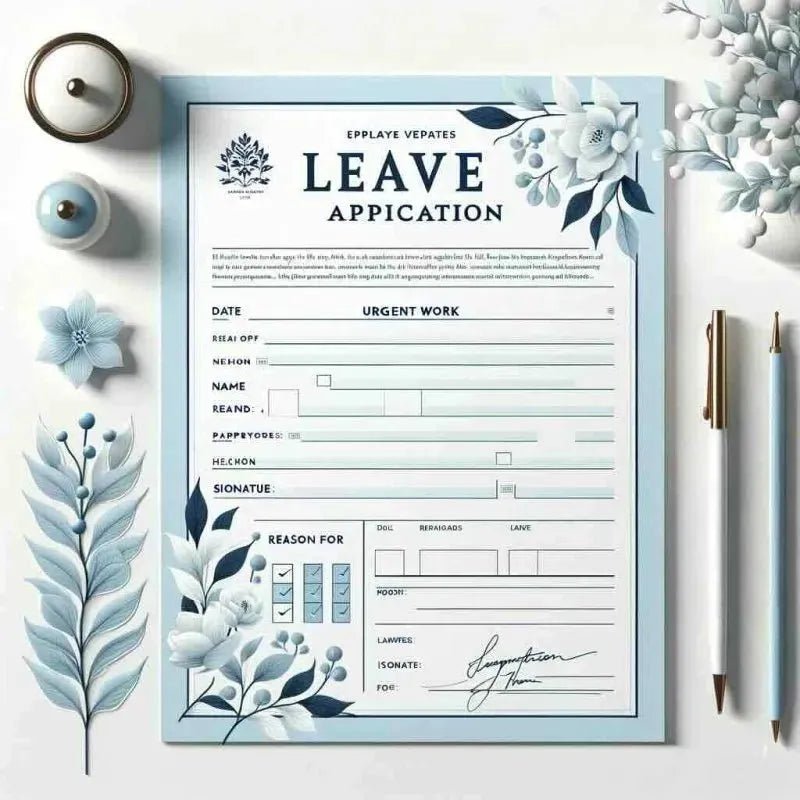

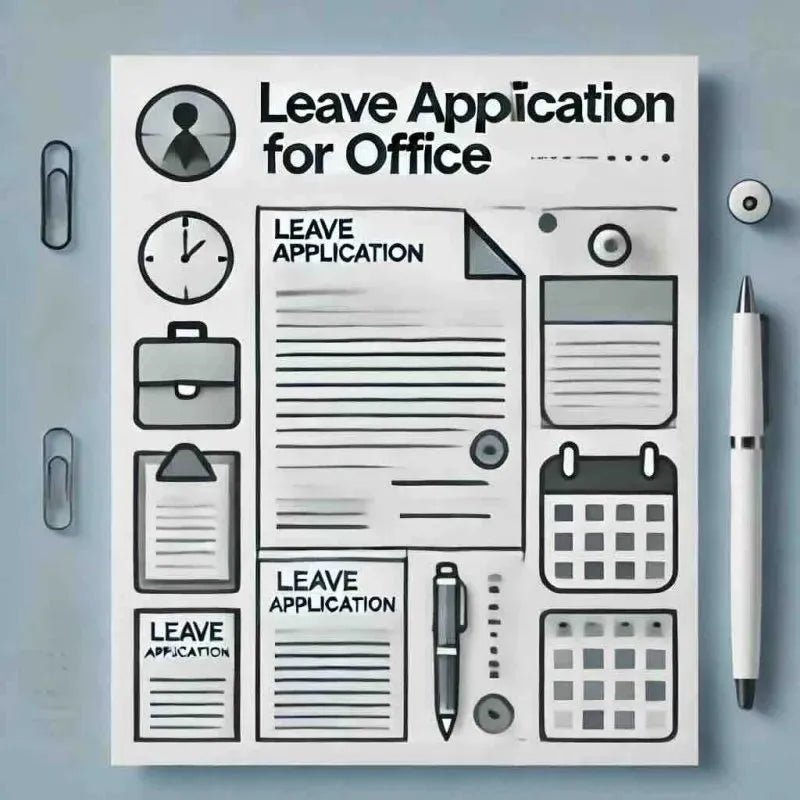
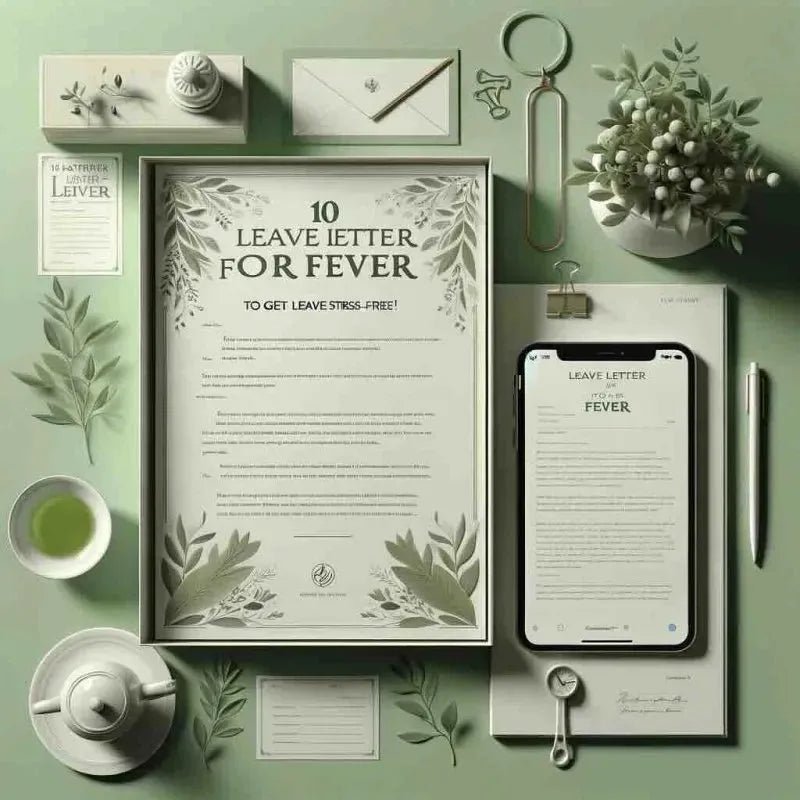
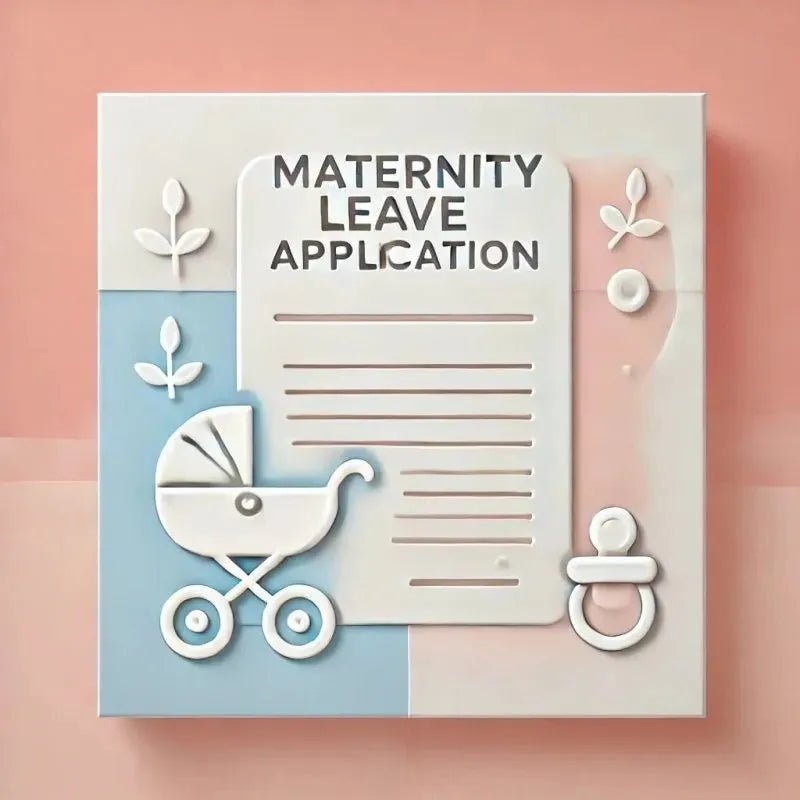




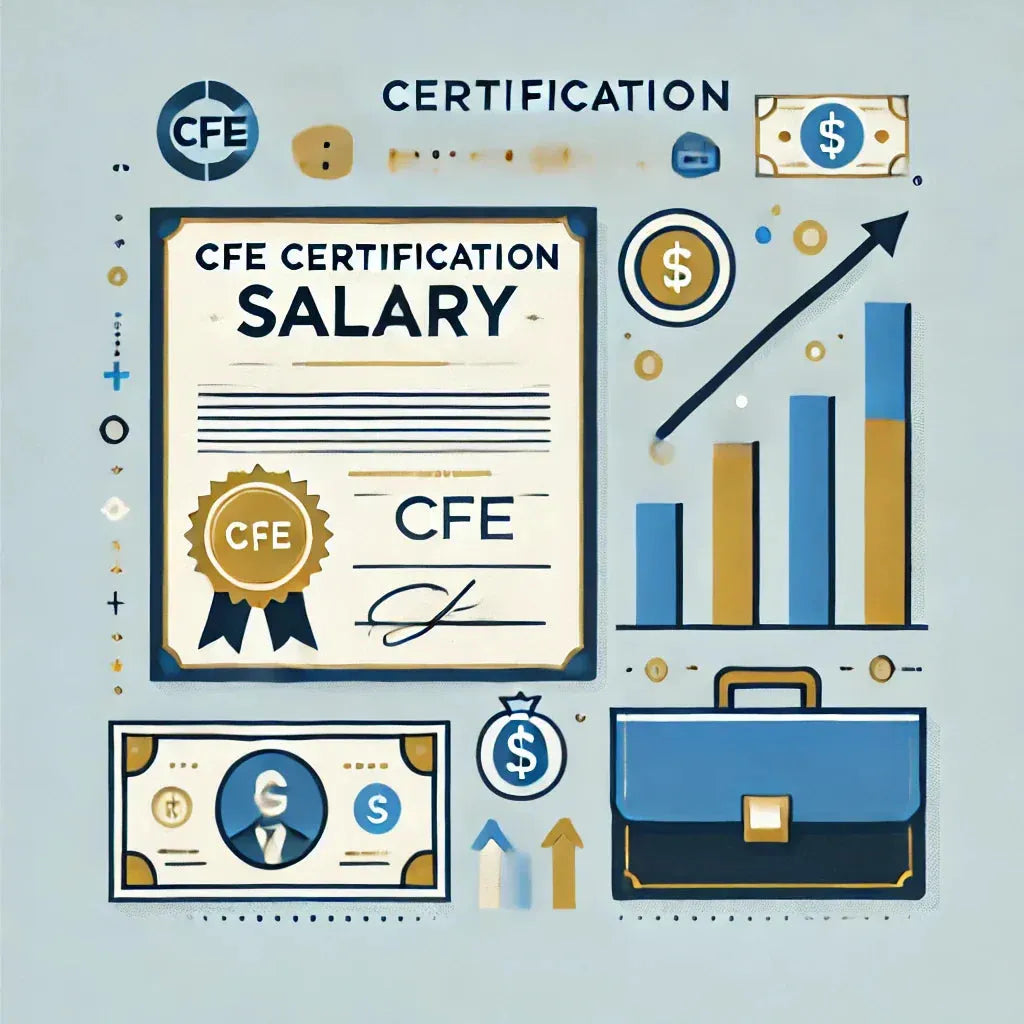
Hi eduyush.com admin, Thanks for the great post!
Leave a comment